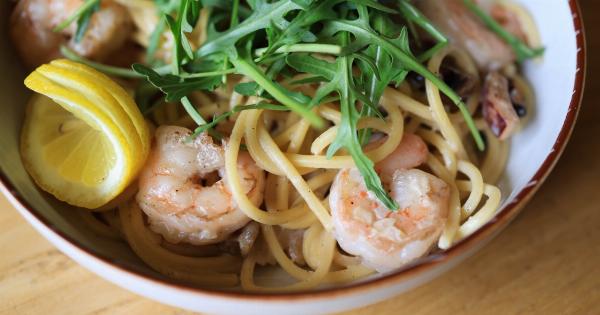As parents, we do our best to protect our children from harm. We make sure they wear their seatbelts, look both ways before crossing the street, and wear helmets when riding their bikes.
But what about the hidden dangers that lurk in the food and food containers we give our children every day?.
In this article, we will explore some of the hidden dangers that can be found in the food and food containers that our children consume, and provide tips on how to keep them safe.
BPA in Plastic Containers
Bisphenol A (BPA) is a chemical that is used in the production of many plastic products, including food containers and water bottles.
Studies have shown that exposure to BPA can have negative effects on children’s health, including disrupting hormone levels and potentially leading to behavioral problems.
To reduce your child’s exposure to BPA, consider replacing plastic food containers with glass or metal containers. If you must use plastic containers, look for those that are labeled BPA-free.
Pesticide Residue on Produce
Fruits and vegetables are an important part of a healthy diet for children, but they may also contain pesticide residue. Pesticides are chemicals that are used to kill insects, fungi, and other pests that can damage crops.
While they are generally considered safe in small amounts, long-term exposure to these chemicals may have negative health effects.
To reduce your child’s exposure to pesticide residue, try to buy organic produce whenever possible.
If you can’t afford to buy all organic, choose the “Clean Fifteen” – a list of the produce items that are least likely to contain pesticide residue – and prioritize buying organic for the “Dirty Dozen” – a list of the produce items that are most likely to contain pesticide residue.
Food Additives
Many processed foods contain additives such as preservatives, artificial flavors, and colors. These additives are often used to improve the taste, texture, and appearance of foods, but they can also have negative health effects in some children.
For example, some children may be sensitive to the food dye Red 40, which has been linked to hyperactivity and behavioral problems in some studies.
To reduce your child’s exposure to food additives, try to limit their consumption of processed foods. Instead, focus on fresh, whole foods that are cooked from scratch.
Mercury in Fish
Fish is a great source of protein and omega-3 fatty acids, which are essential for brain and eye development in children.
However, some types of fish – particularly large predatory fish such as shark, swordfish, and king mackerel – may contain high levels of mercury, which can have negative effects on the developing nervous system.
To reduce your child’s exposure to mercury, choose fish that are lower in mercury, such as salmon, trout, and sardines. You should also limit your child’s consumption of fish to one or two servings per week.
Allergens
Food allergies are a growing concern for parents, with up to 8% of children experiencing some type of food allergy. Common allergens include peanuts, tree nuts, milk, eggs, and soy.
Exposure to even a small amount of an allergen can trigger a severe allergic reaction in some children.
To reduce your child’s risk of a food allergy, pay close attention to ingredient labels and avoid foods that contain the allergens your child is sensitive to.
You should also talk to your child’s school and caregivers about their allergy and provide them with an action plan in case of an emergency.
Cross-Contamination
Cross-contamination occurs when bacteria from one food item is transferred to another food item, potentially causing foodborne illness.
This can happen when cutting boards, knives, and other kitchen utensils are not properly cleaned between uses, or when raw meat is stored above ready-to-eat foods in the refrigerator.
To reduce your child’s risk of foodborne illness, make sure to properly clean and sanitize all kitchen utensils and surfaces between uses.
You should also store raw meat separately from other foods in the refrigerator, and cook all meats to the recommended internal temperature.
Choking Hazards
Young children are at risk of choking on small food items such as nuts, popcorn, grapes, and hard candy. To reduce your child’s risk of choking, avoid giving them these foods until they are old enough to chew them properly.
You should also supervise your child while they are eating, and encourage them to sit down and chew their food thoroughly.
Conclusion
As parents, it’s important to be aware of the hidden dangers that can be found in the food and food containers that our children consume. By taking steps to reduce their exposure to these dangers, we can help keep our children healthy and safe.































